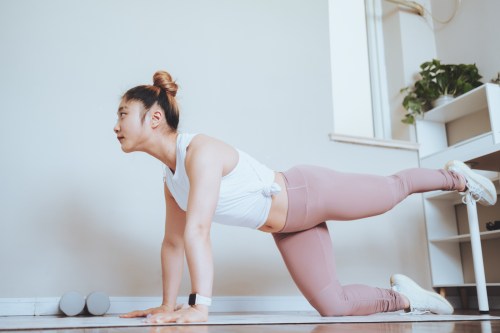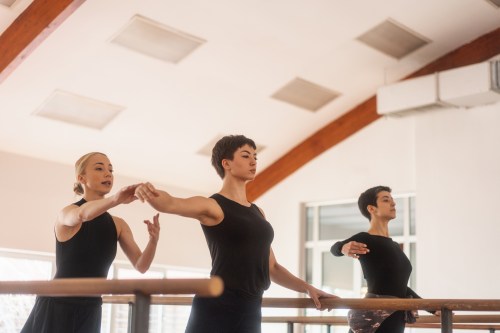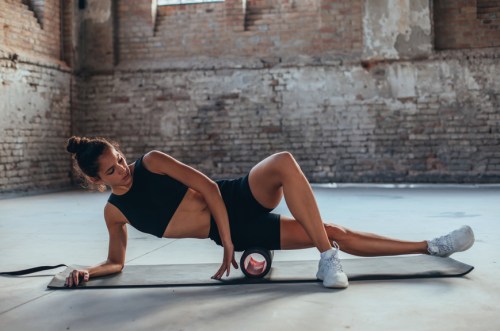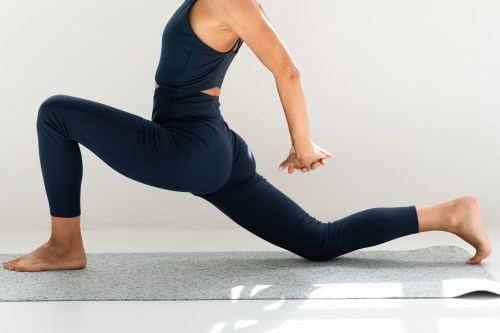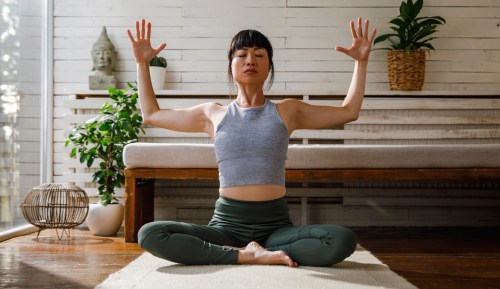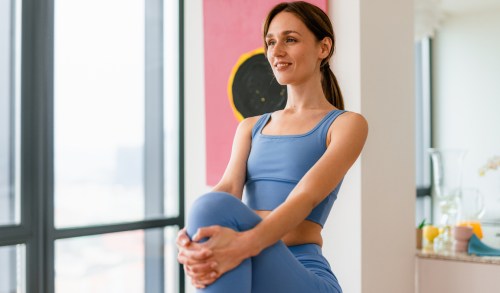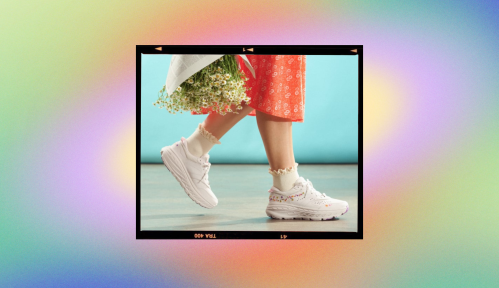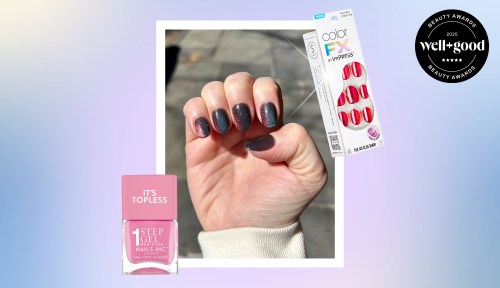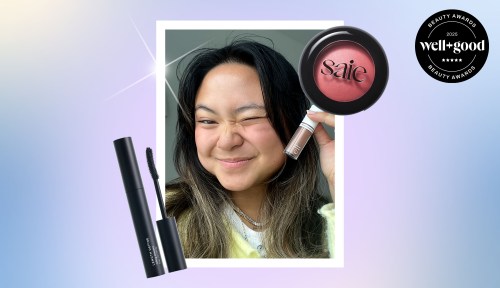You can never go wrong with a Pilates workout. Whichever one you go with, your body will reap the benefits of the low-impact, core-strengthening, posture-boosting workout. It’s a form of fitness that’s good for all fitness levels and all ages, and doesn’t have to be a long circuit get you sweating. That said, sometimes you just want to indulge in a one hour Pilates workout for a well-rounded sesh.
Experts in This Article
physical therapist, sports physiotherapist, pilates instructor, and founder of Form PT.
physiotherapist, master Pilates instructor, and founder of Go Chlo Pilates
founder and director of East River Pilates
Rahel Ghebremichael is a Pilates instructor who worked at modelFIT. With a background in yoga she incorporates mindfulness into different styles of movement.
In this hour-long workout, you’ll get to crunch and side plank with four different Pilates pros: Kimmy Kellum, Chloe de Winter, Rahel Ghebremichael, and Floss Brolsma, all of whom will keep you on your toes with their different Pilates styles. And, since it’s a full hour, you can count on every muscle from your shoulders down to your feet being strengthened, lengthened, and stretched out. Don’t be fooled by the slow movements, because although these core-centric exercises are easy on the body, they’re definitely challenging (and you’re going to sweat).
The good thing is that, though it’s long, the workout is divided into circuits—which will hold your attention even as your muscles quake. First off, you’ll activate your glutes with a standing glutes series, which is particularly beneficial for combatting the effects of sitting all day (yes please). You’ll then hit your core in a round of functional ab movements—which are going to burn, BTW—followed by exercises that incorporate your abs, arms, and glutes all at once. To round out the end of the workout, Ghebremichael’s exercises use a Pilates ring to add some resistance to strength training staples like lunges and deadlifts, and then and you’ll finish with a full-body sesh led by Kellum.
If you’ve been experiencing back pain and other body aches from quarantine life, working through these Pilates exercises will open your muscles up for instant relief. “For my back pain people out there like myself, this is a great series for you, especially if you have low back pain,” says Kellum, whose diagonal reach moves will especially ring out your spine. Also, Pilates is really good at moving your body through different planes, which spices things up and improves your joint health after the typical forward, backward, and side-to-side movements of everyday life.
The only piece of equipment you’ll need is a Pilates ring (though you could get by without one) and a mat. So slip into your fave leggings and hit play to get a big dose of Pilates that you’ll feel exceptionally proud of once you’re through.
Sign Up for Our Daily Newsletter
Get all the latest in wellness, trends, food, fitness, beauty, and more delivered right to your inbox.
Got it, you've been added to our email list.
